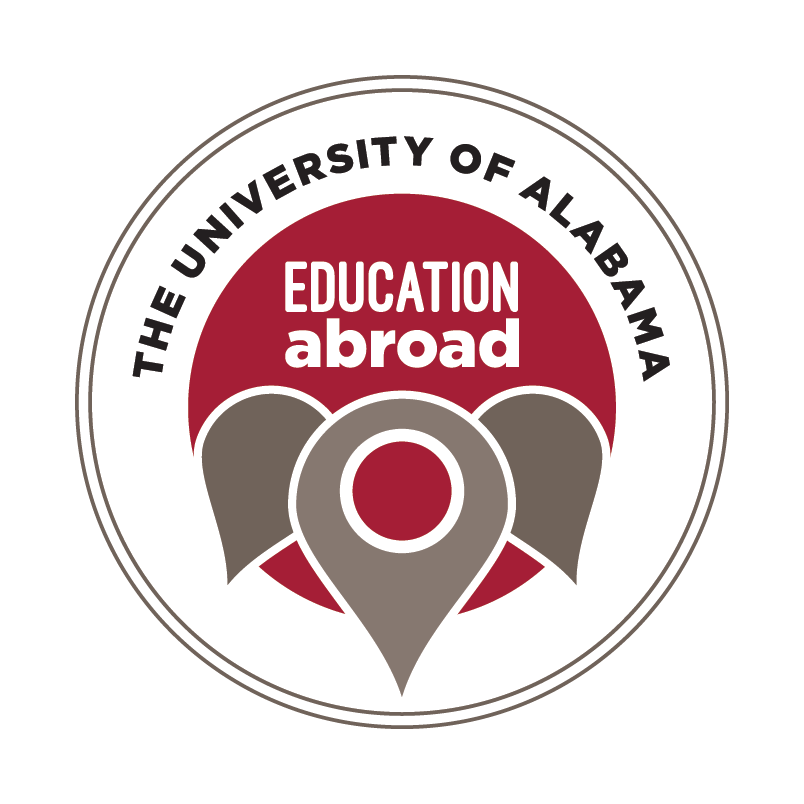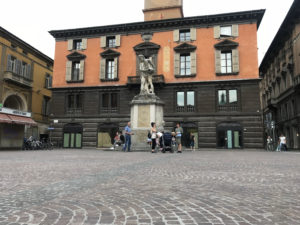Day ‘tre’: such a neat day visiting a local Catholic school, recycling center, and University of UNIMORE. The private Catholic school consisted of a lower level of kindergarten students (ages 3-5), as well as a second level with primary students (6-10) and secondary students (11-13). Whereas the United States has grades K-12, Italy sets it up quite differently. They have grades 1-5 for primary school, grades 1-3 for secondary school, and grades 1-5 for high school. The students in primary school, our elementary school equivalent, stay with the same students and teacher for all of those five years. This gives the students a greater sense of belonging and allows the teacher learn strengths/weaknesses to teach to each student’s learning style. Another drastic difference is that there is one principal for kindergarten through secondary school and they are all in one building. In the United States, we separate our elementary and middle schools in different buildings with different principals. The advantage to having them unified under one roof is that teachers can better prepare students for the next step in school through collaboration and discussion of the curriculum.
The recycling center, La Remida, was one of the coolest places! Their license is to “intellectually recycle” items to give them a new life. Local companies give them materials that are overproduced, faulty, or discontinued; this donated material usually ends up being 15 tons a year. Schools and other facilities in the area are able to purchase a yearly membership to come into La Remida and take supplies for projects. Teachers are encouraged to come in and take whatever they need for their students to participate in experiential learning. I would love for something like this to transfer back into the United States for teachers to collect extra supplies through the great cause of recycling!
The last stop for the day, after an Italian lunch of course, was visiting the University of UNIMORE. We met with a few of the students studying education as well as listened to a presentation by Dr. Nicola Barbieri. We reviewed the set up of their school system and the main themes of the Reggio approach. Themes mentioned in our class book include constructivism, multiple intelligences, environment, engagement of the community, inclusion, and universal access.
To be an authentic teacher is to teach the whole child, meaning all of their needs are addressed- this is my ultimate desire. It would be easy to simply teach the lessons and work towards academic achievement; however, if students do not have their emotional, social, and psychological needs met, true learning is unable to take place. Essentially, this would mean all the work put into teaching academic material is a waste. The role of the teacher is to provide conditions for learning and increase possibilities for discovery. I cannot wait to implement these theories and ideas into my own classroom!
I love the sense of unity in the community in Reggio Emilia and will miss the accessibility to everything by walking instead of car. The people in Reggio are all very friendly and helpful; the only problem is the language barrier since our group speaks zero Italian. However, I have learned the basics: scusa, gratzi, prego, and aqua. I have enjoyed creating a little community within our study abroad group of 10 other girls. Another student and I have already graduated and are taking this as a graduate course. The other girls are elementary education majors in different blocks of their degree. We all get along very well and have had a great time this far! We have seen historic buildings, smelled delicious pastries, and have heard people speaking very quickly in Italian. I will miss this place but am also looking forward to being home. I know I am taking a great abundance of knowledge back with me that will further my professional development as a teacher.

